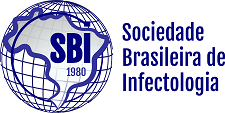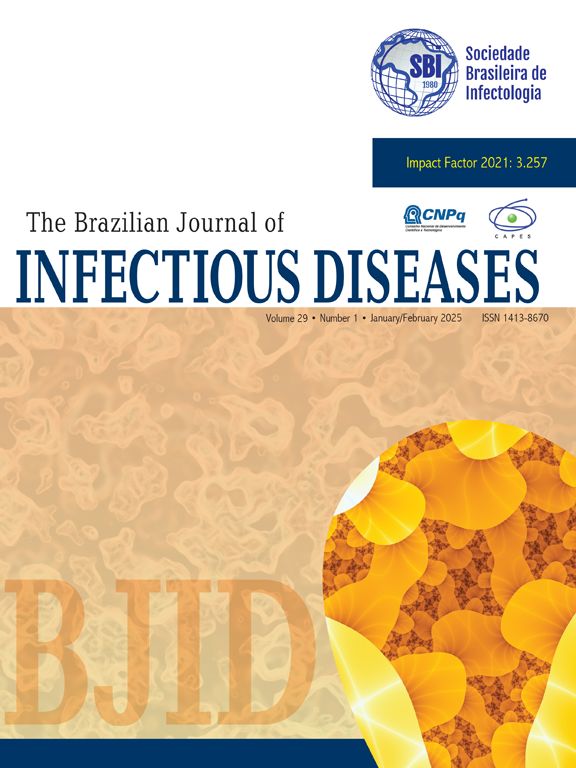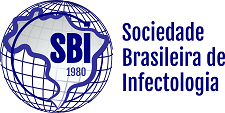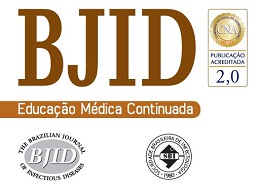Antiretroviral (ARV) therapy has dramatically reduced morbidity and mortality in human immunodeficiency virus 1 (HIV-1) infected children. However, development of ARV resistance in these children is a major public health problem due to lack of availability of and access to new drugs. This study was conducted in order to identify circulating HIV subtypes and recombinant forms and evaluate the drug resistance mutation patterns in 18 HIV-1 infected children failing ARV treatment in Kelantan, Malaysia. Genotyping for codon 1–99 of protease (PR) and 1–250 of reverse transcriptase (RT) were performed by polymerase chain reaction (PCR) amplification and DNA sequencing. Subsequently, these were phylogenetically analyzed to determine the subtypes. CRF33_01B (44.4%) was found to be the predominant HIV subtype, followed by B (27.8%), CRF15_01B (16.7%) and CRF01_AE (11.1%) subtypes. The most prevalent RT mutations were T215F/V/Y (66.7%), D67G/N (55.6%), K219Q/E/R (44.4%), M184V/I (38.9%), K70R/E (27.8%) and M41L (27.8%), associated with nucleoside reverse transcriptase inhibitors (NRTI) resistance; and K103N (55.6%), G190A (33.3%), and K101P/E/H (27.8%) associated with non-nucleoside reverse transcriptase inhibitors (NNRTI) resistance. The results showed a possible emergence of CRF33_01B as current predominant subtypes/circulating recombinant forms (CRFs), and a high frequency of primary mutations among HIV-1 infected children after failure of ARV therapy in Kelantan, Malaysia.
The Impact Factor measures the average number of citations received in a particular year by papers published in the journal during the two preceding years.
© Clarivate Analytics, Journal Citation Reports 2025
SRJ is a prestige metric based on the idea that not all citations are the same. SJR uses a similar algorithm as the Google page rank; it provides a quantitative and qualitative measure of the journal's impact.
See moreSNIP measures contextual citation impact by wighting citations based on the total number of citations in a subject field.
See more




